In the high-stakes world of racing, where every second counts, pit strategy emerges as a crucial element that can determine victory or defeat. By delving into the mechanics of pit stops, the integration of technology, and the human element, it becomes clear why pit strategy is indispensable in racing. This exploration reveals how these factors combine to form a secret weapon in the motorsport arena.
The Mechanics of Pit Stops
The Anatomy of a Pit Stop: A Breakdown of Tasks and Roles
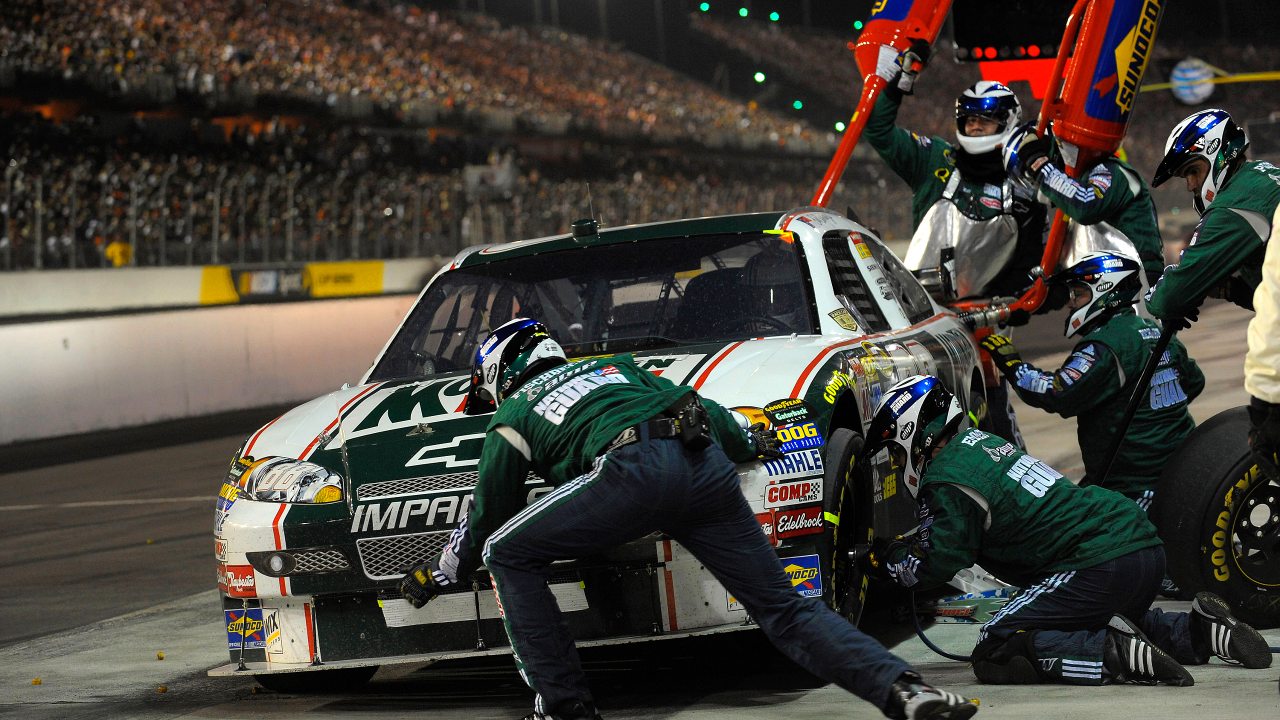
A pit stop is an orchestrated ballet of precision and speed, where every team member has a specific role. From tire changes to fuel management, each task is executed with meticulous coordination. The key components involved in a pit stop include the tire changers, jack operators, fuelers, and the lollipop man, who signals when the driver can leave the pit. Each member’s actions are synchronized to minimize pit time, often reducing stops to under three seconds in Formula 1 races.
The synchronization and speed required to execute a flawless pit stop cannot be overstated. Every fraction of a second saved in the pit can translate into a significant advantage on the track. Teams spend countless hours practicing these stops to ensure that when the pressure mounts during a race, they can perform with machine-like precision. The ability to shave even a tenth of a second off a pit stop can be the difference between winning and losing.
The Impact of Pit Stop Timing on Race Outcomes
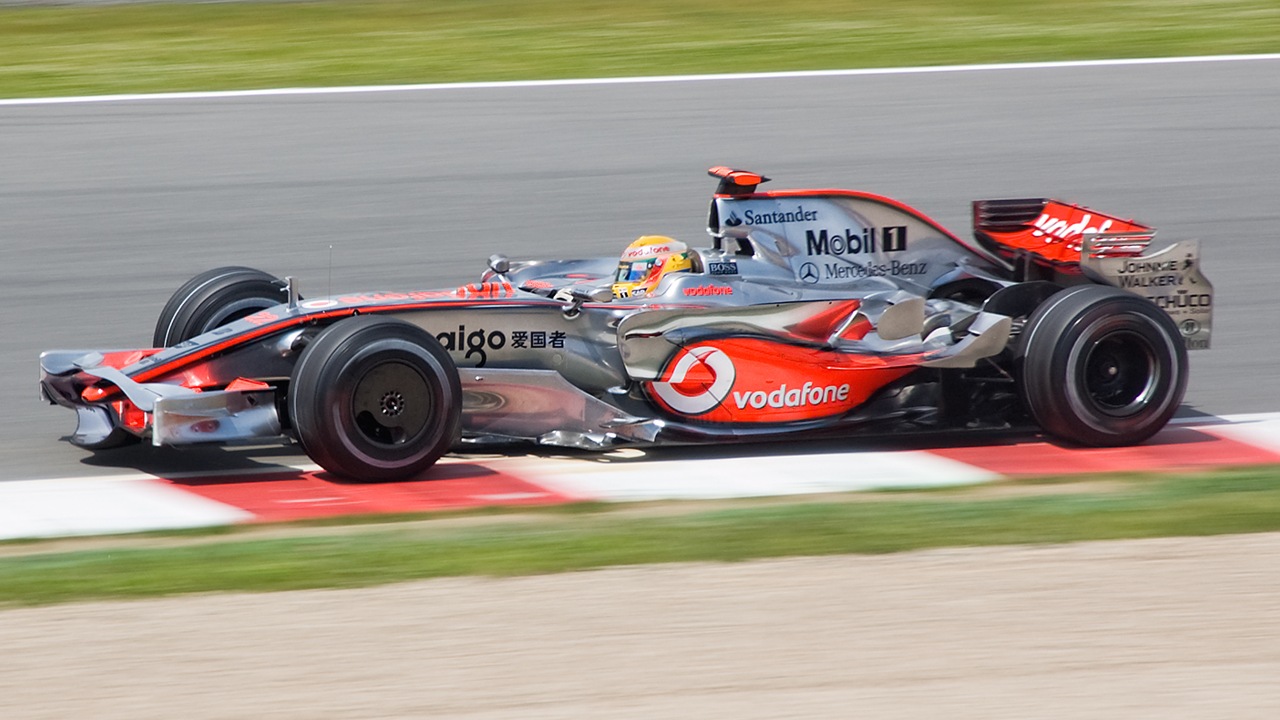
Strategic timing of pit stops can dramatically alter the course of a race. By choosing the optimal moment to pit, teams can gain a tactical advantage over their competitors. This involves considering factors such as track position, tire wear, and fuel levels. There are numerous historical examples where pit stop timing has led to surprising victories or losses. One notable instance was the 2008 Brazilian Grand Prix, where Lewis Hamilton’s perfectly timed pit stop helped him secure the championship by a single point.
Conversely, mistimed pit stops can lead to disaster. In the 2010 Korean Grand Prix, Fernando Alonso capitalized on a poorly timed stop by his rival, Mark Webber, to take the lead and eventually win the race. Such examples underscore the importance of split-second decision-making and the potential for pit strategy to dictate race outcomes.
Technology’s Role in Optimizing Pit Strategy
The Use of Data Analytics and AI in Pit Strategy
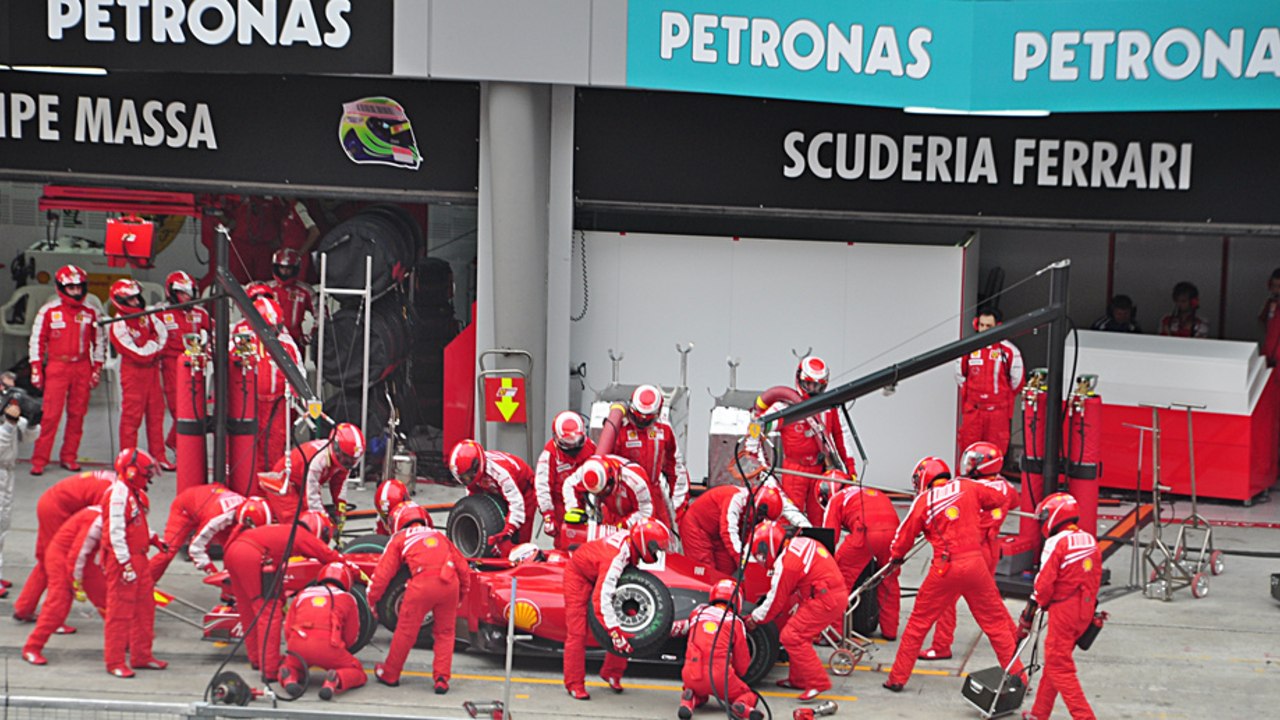
In the modern era of racing, technology plays a pivotal role in enhancing pit strategy. Teams utilize data analytics and AI to make real-time decisions during races. By analyzing vast amounts of data, including tire degradation rates, fuel consumption, and track conditions, teams can predict optimal pit stop timings. AI algorithms can simulate various race scenarios, allowing teams to adapt their strategies dynamically.
The application of AI in racing extends beyond mere predictions. It aids in strategic decision-making by providing insights that human analysts might overlook. This technological edge ensures that teams can respond to unexpected developments on the track with agility and precision.
Technological Advancements in Pit Stop Equipment
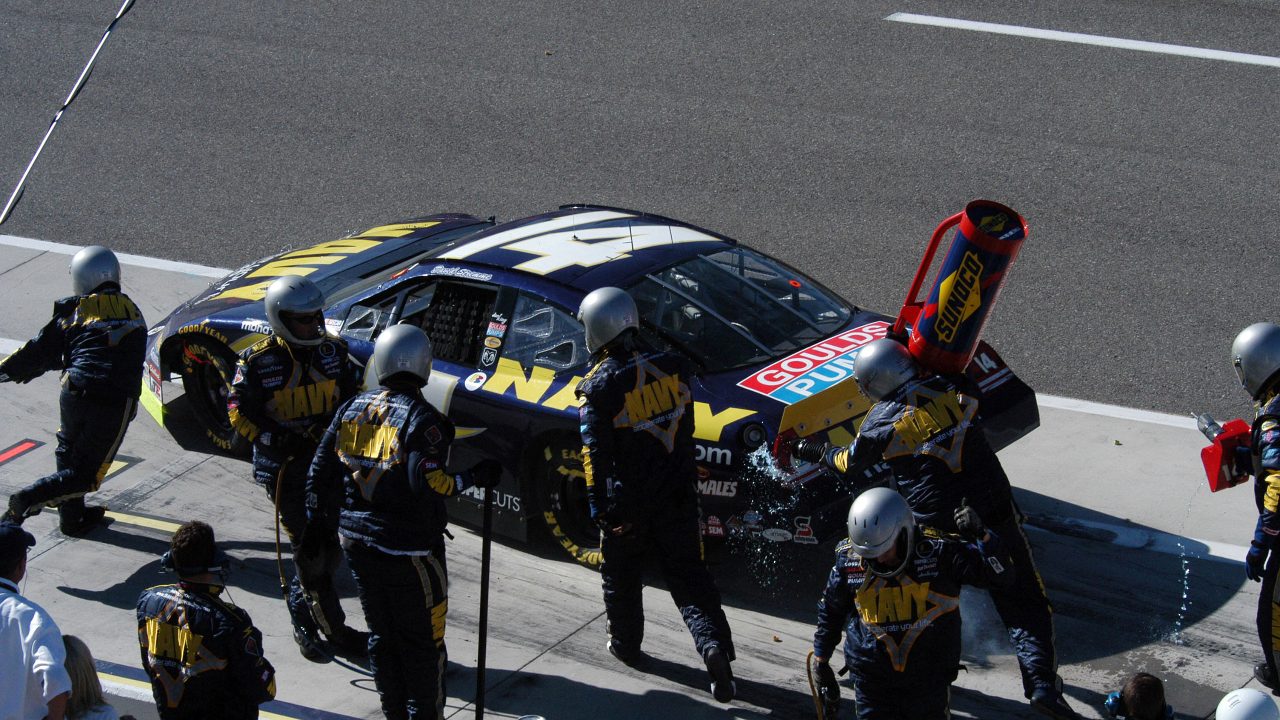
Innovations in pit stop tools and technology have significantly enhanced efficiency. The evolution of tire guns, jacks, and fueling equipment has contributed to reducing pit stop times. For instance, the introduction of wireless tire guns has eliminated the need for cumbersome air hoses, allowing for quicker tire changes. Additionally, advancements in fuel delivery systems have minimized the time required to refuel.
These technological improvements not only decrease pit stop duration but also enhance overall performance. By integrating cutting-edge tools, teams can execute pit stops with greater speed and reliability, thus maintaining a competitive edge in the race.
The Human Element: Team Dynamics and Training
The Importance of Teamwork and Communication in Pit Crews
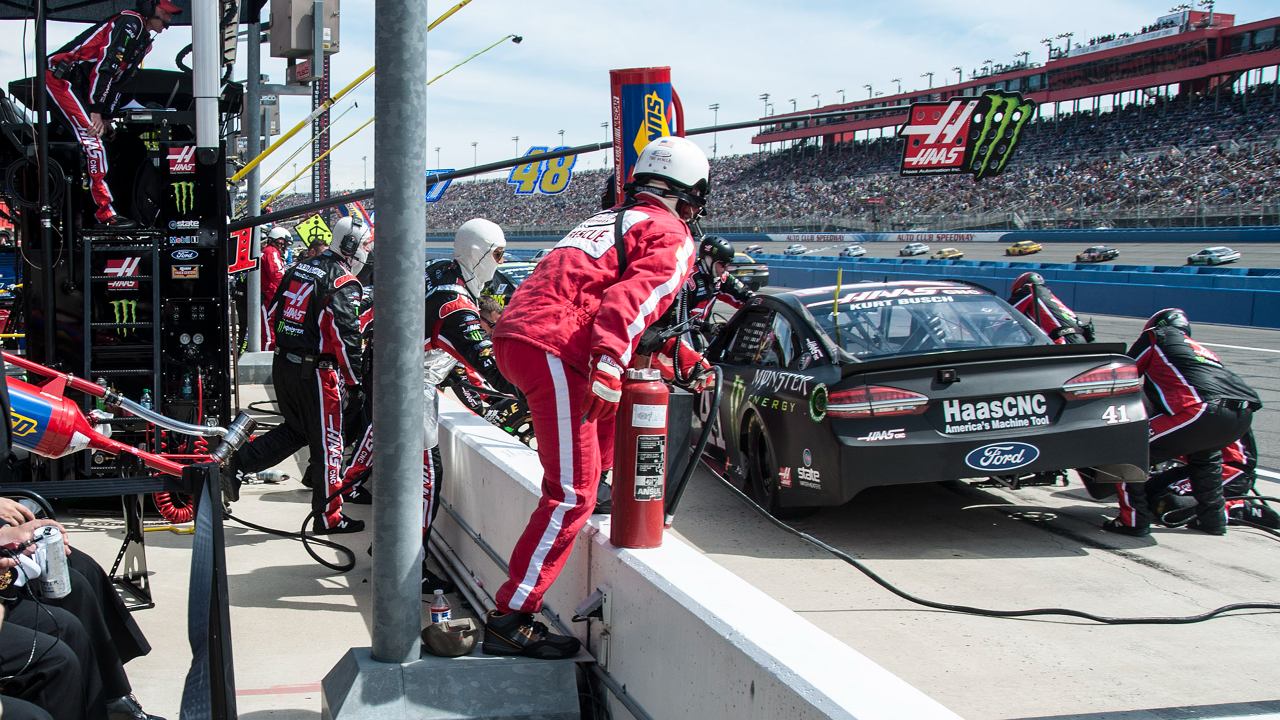
While technology plays a crucial role, the human element remains at the heart of effective pit strategy. Seamless communication between drivers and pit crews is essential for executing successful pit stops. Drivers rely on clear instructions from their teams to make informed decisions on when to pit. Similarly, pit crews must work in harmony, each member aware of their role and responsibilities.
The significance of team dynamics cannot be overstated. A well-coordinated team can execute pit strategies with precision, ensuring that every action is synchronized. This level of teamwork is the result of extensive training and a shared understanding of the race objectives.
The Impact of Training and Preparation on Pit Crew Performance
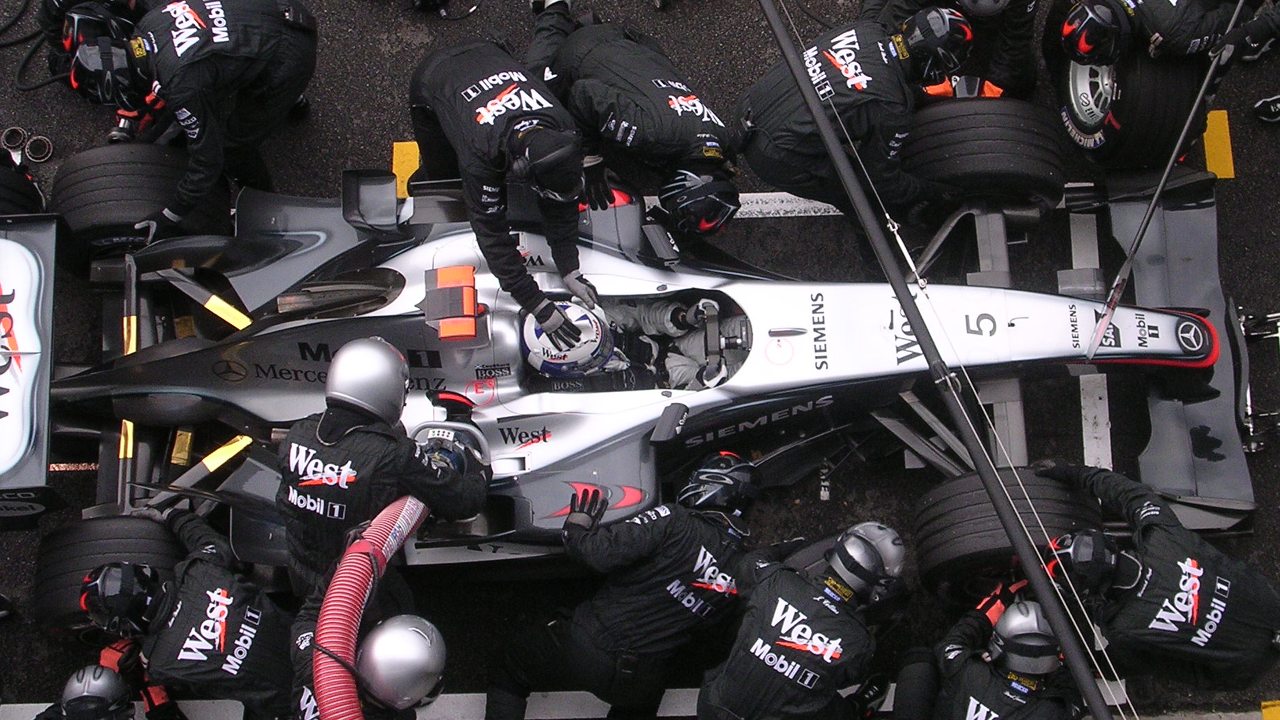
Pit crews undergo rigorous training regimes to achieve peak performance. These training sessions simulate race conditions, allowing team members to hone their skills and practice their roles under pressure. The physical demands of pit stops require crew members to maintain high levels of fitness, ensuring they can perform at their best during the race.
Psychological preparedness and focus are equally important. Pit crew members must remain calm and composed, even in the most intense race situations. By fostering a culture of resilience and teamwork, teams can ensure that their pit crews are ready to deliver when it matters most.
Strategic Adaptation to Race Conditions
Adapting Pit Strategy to Changing Weather and Track Conditions
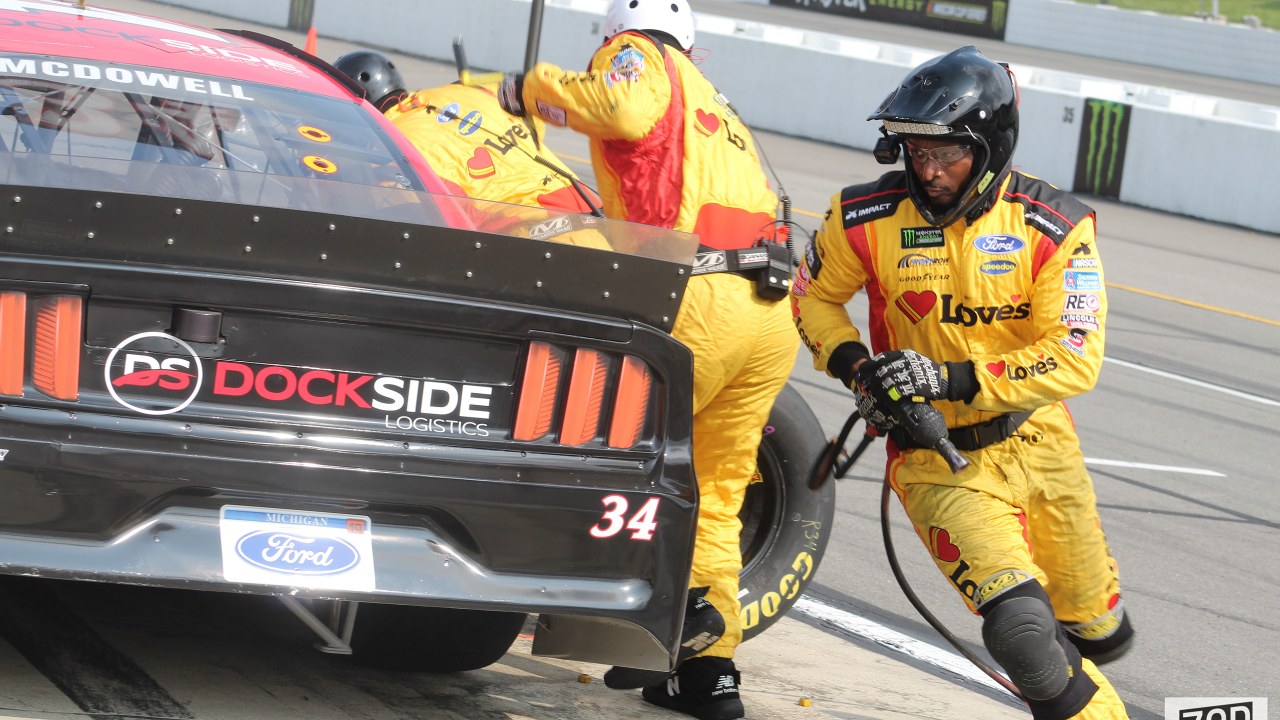
Race conditions are dynamic, and teams must adapt their pit strategies accordingly. Changing weather patterns can significantly impact tire performance and fuel consumption. Teams must be able to adjust their strategies in real-time, making decisions based on the latest weather forecasts and track conditions.
Varying track conditions present both challenges and opportunities. A wet track may require a switch to intermediate or wet tires, while a dry track might call for slick tires. The ability to adapt to these conditions is crucial for maintaining a competitive edge.
The Role of Pit Strategy in Managing Tire Wear and Fuel Consumption
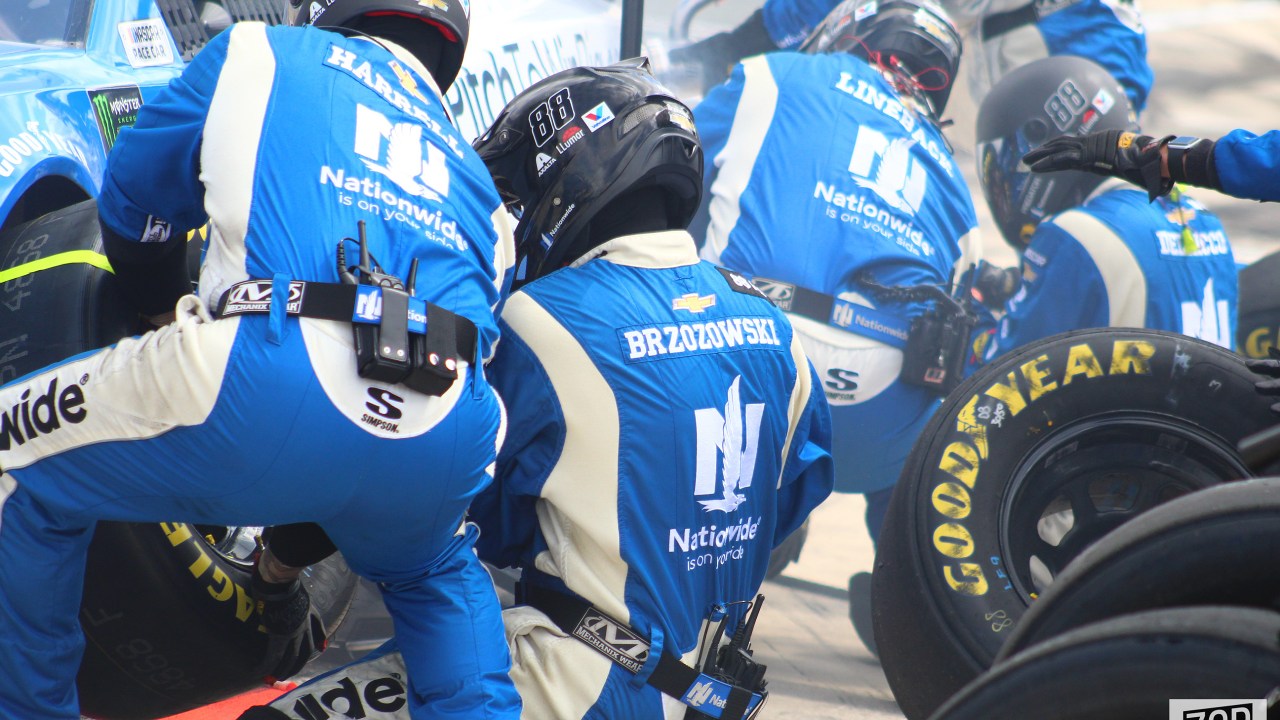
Pit strategy plays a critical role in managing tire wear and fuel consumption. Teams must strike a balance between tire management and fuel efficiency to optimize race performance. By carefully monitoring tire degradation and fuel levels, teams can decide the best times to pit and which tires to use.
Effective pit strategy helps extend the lifespan of tires and optimize fuel usage, allowing drivers to maintain a consistent pace throughout the race. This balancing act is a key component of overall race strategy, influencing both short-term performance and long-term outcomes.
Case Studies: Iconic Races Defined by Pit Strategy
Review of Notable Races Where Pit Strategy Was Pivotal
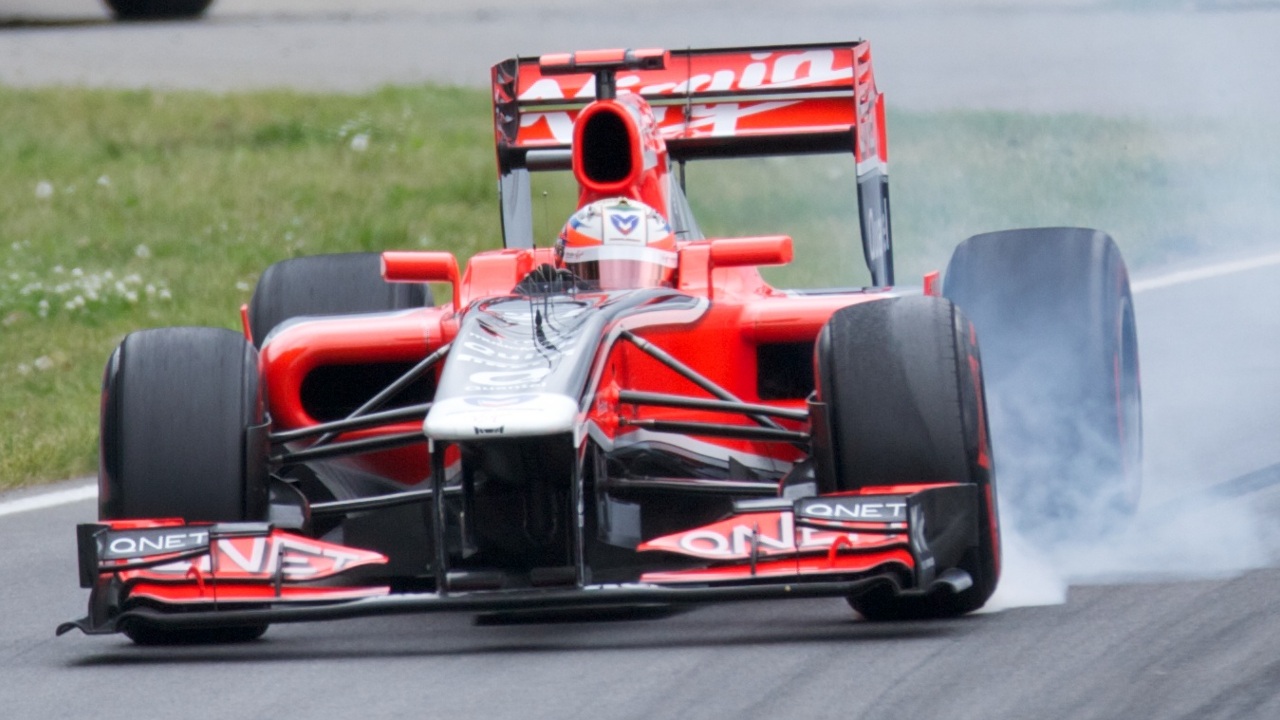
Several races throughout history have been defined by exceptional pit strategy. One such race was the 2011 Canadian Grand Prix, where Jenson Button’s strategic pit stops allowed him to climb from 21st to first place, securing a dramatic victory. The race was marked by changing weather conditions, and Button’s team made bold strategic choices that paid off.
Another example is the 2013 Hungarian Grand Prix, where Lewis Hamilton’s team executed a perfect pit strategy to outmaneuver their competitors. These races highlight the importance of strategic decision-making and the impact of pit stops on race outcomes.
Lessons Learned from Historical Pit Strategy Successes and Failures
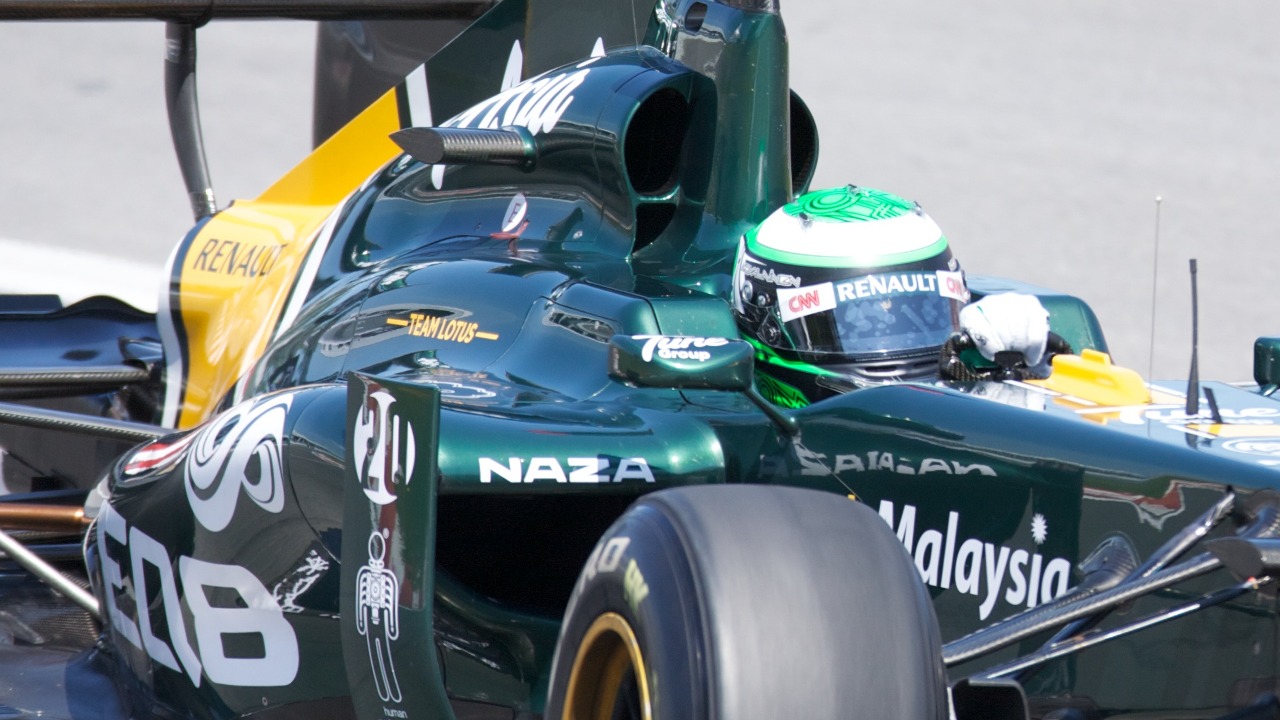
Analyzing past races provides valuable insights into effective and ineffective pit strategies. Successful strategies often involve a combination of technological innovation, effective teamwork, and adaptable decision-making. In contrast, failures typically result from poor communication, misjudged timing, or inadequate preparation.
These lessons continue to inform current and future pit strategy approaches, ensuring that teams remain competitive in an ever-evolving motorsport landscape. By learning from both triumphs and setbacks, teams can refine their strategies and enhance their chances of success on race day.
Like Fast Lane Only’s content? Be sure to follow us.
Here’s more from us:
*Created with AI assistance and editor review.

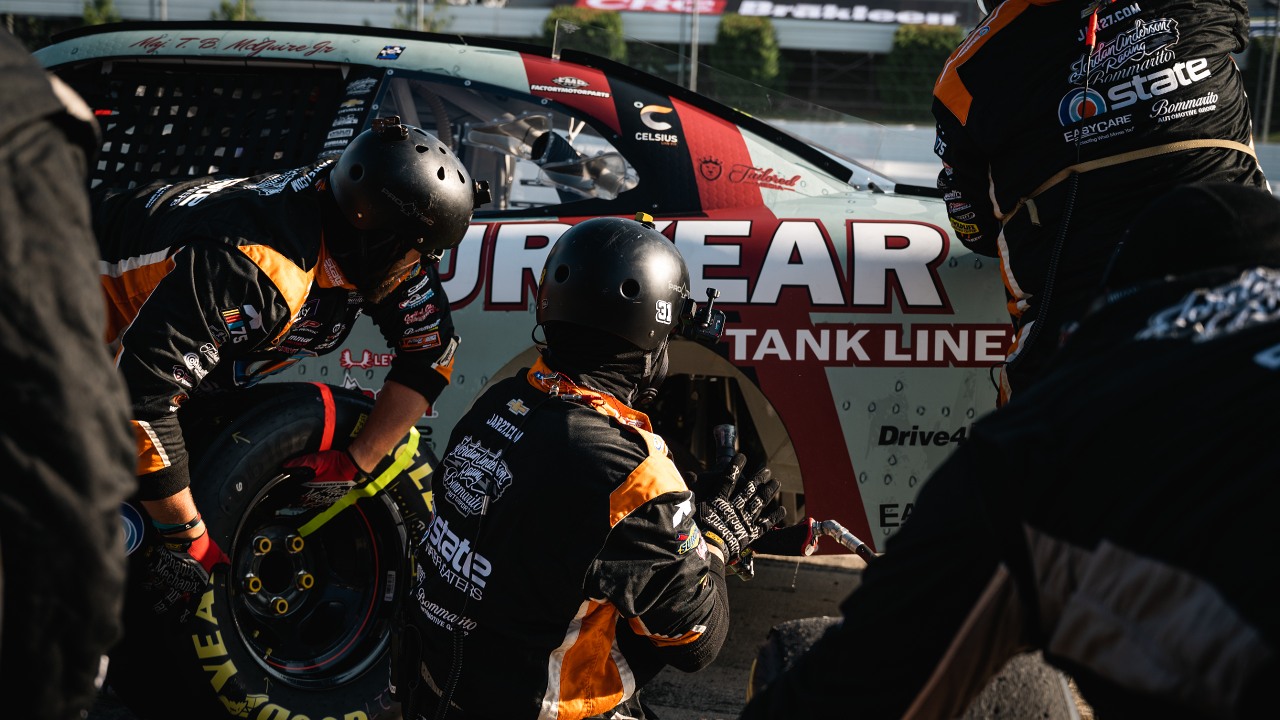





Leave a Reply